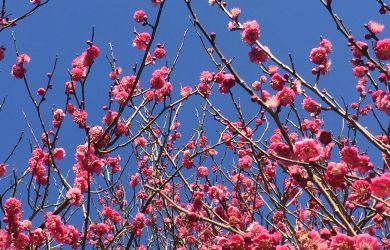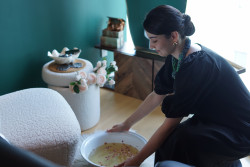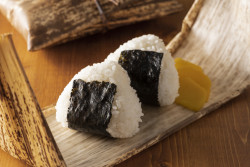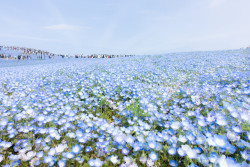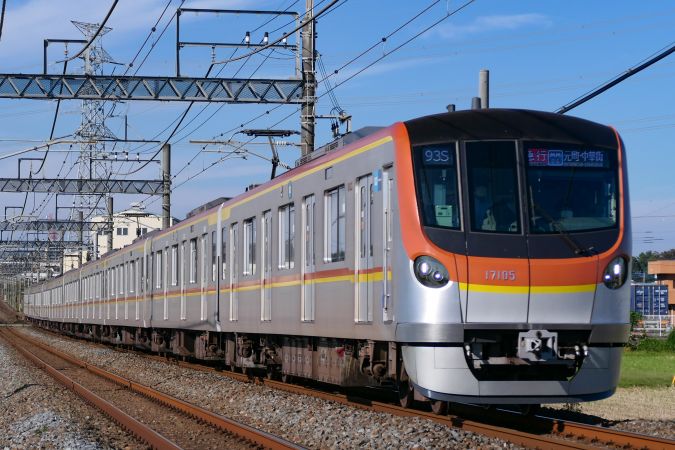
September 12, 2023
Tokyo Train Guide: Fukutoshin Line
Tokyo’s youngest subway line member
Effectively beginning in 2008, the Tokyo Metro Fukutoshin Line is Tokyo’s youngest subway and also its deepest with tracks averaging 27 meters below the surface. Sharing a number of stations with its sister line, the Yurakucho, the brown line begins in Saitama Prefecture before ending its journey in central Tokyo. Its 16 stations pass through rural suburbia and the busy central districts and is the only subway line to connect Tokyo’s big three stations of Ikebukuro, Shinjuku and Shibuya. Dotted with history and heritage, this Fukutoshin Line train guide outlines the contradictory nature of the newest rail member in Tokyo.
Tokyo Train Guide: Recommended Stops Along the Fukutoshin Line
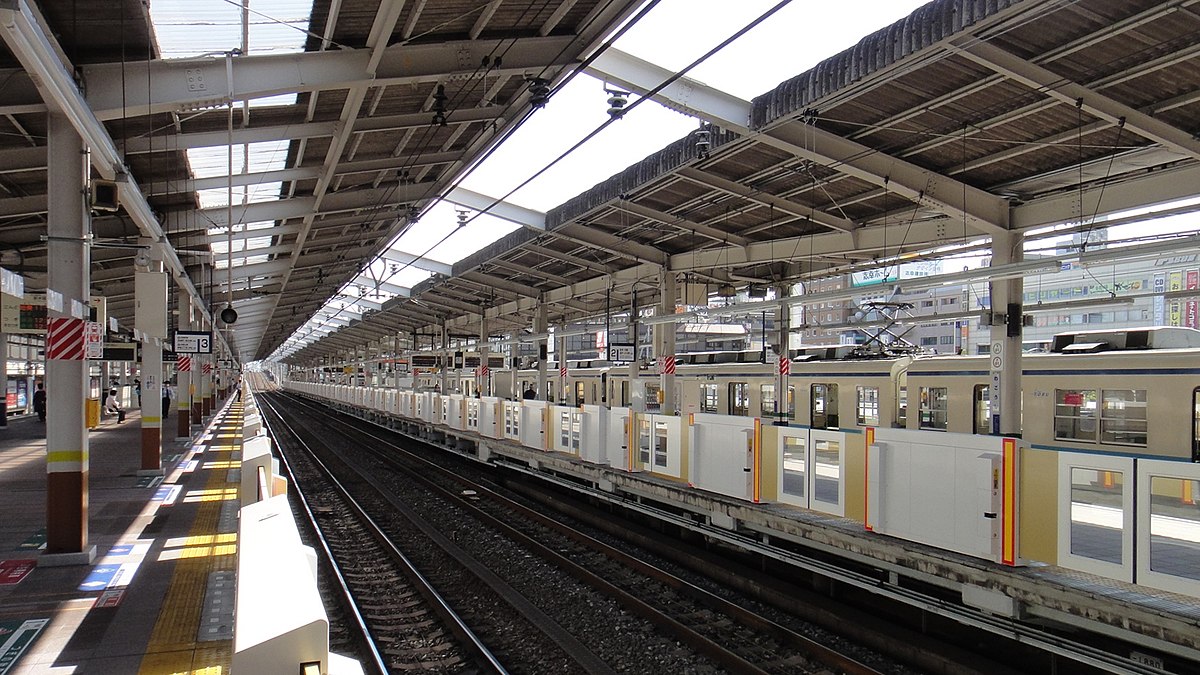
Surrounded by rural suburbia, Wakoshi Station reveals its rural history with the lovingly preserved Niikura Furusato Minkaen farmhouse. At over 130 years in age and made from solid wood, the farmhouse is a classic reminder of Japan’s agrarian heritage.
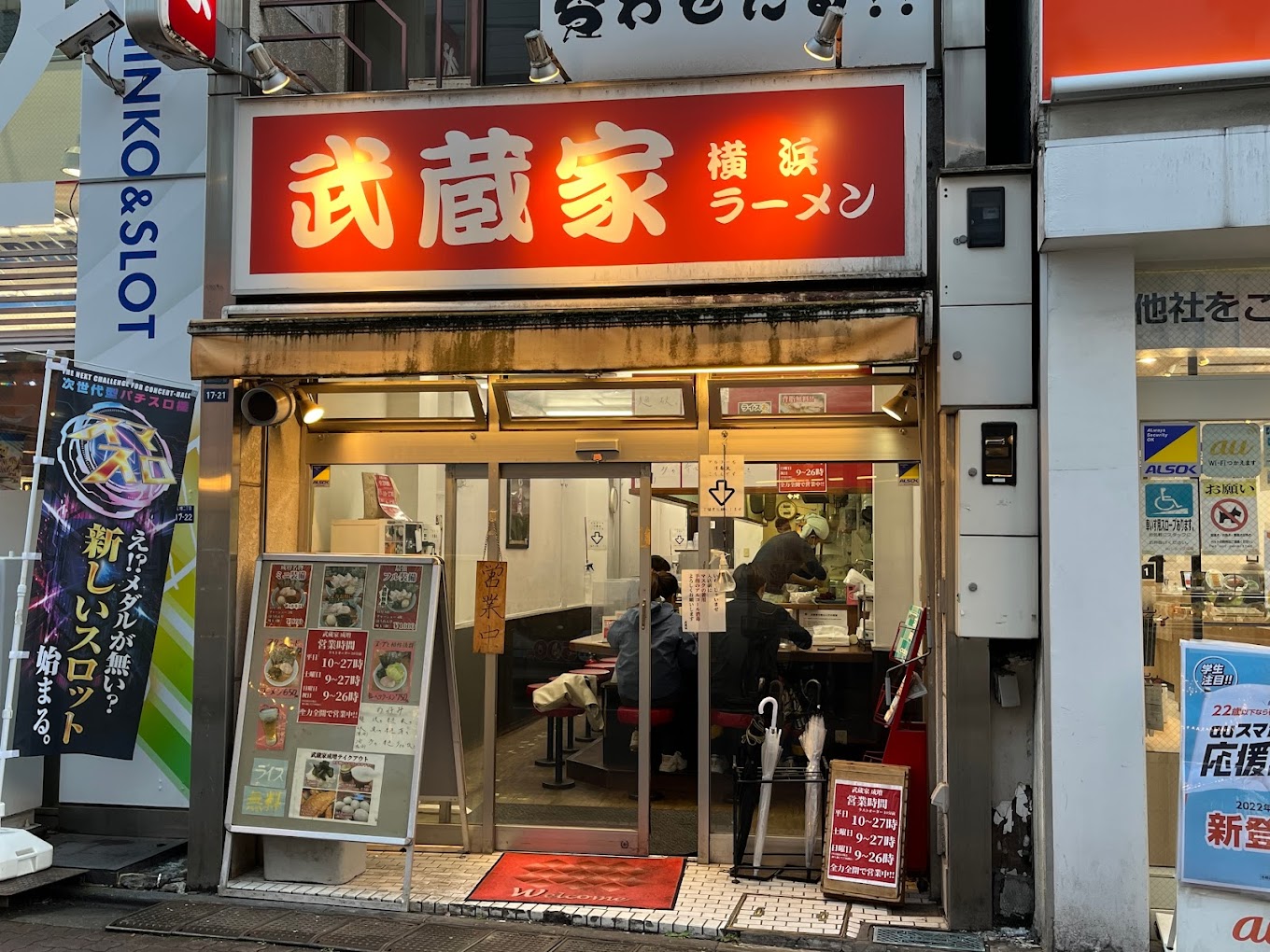
The area surrounding Chikatetsu-Narimasu Station comes complete with a swathe of local ramen bars like Musashiya. Specializing in the famous Yokohama-style iekei ramen, this bar’s rich pork marrow and soy sauce broth combination is a natural hit.
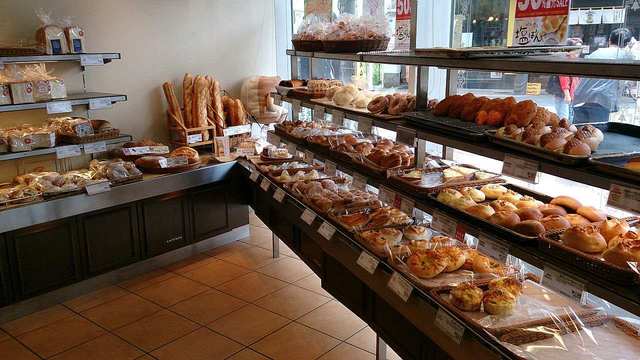
Directly across from the Chikatetsu-Akatsuka Station sits Bakery Antendo. With no complaints about its location, the bakery’s salt breads attract a stream of customers while their raisin rolls, curry breads and seasonal loaves may well be just as popular.
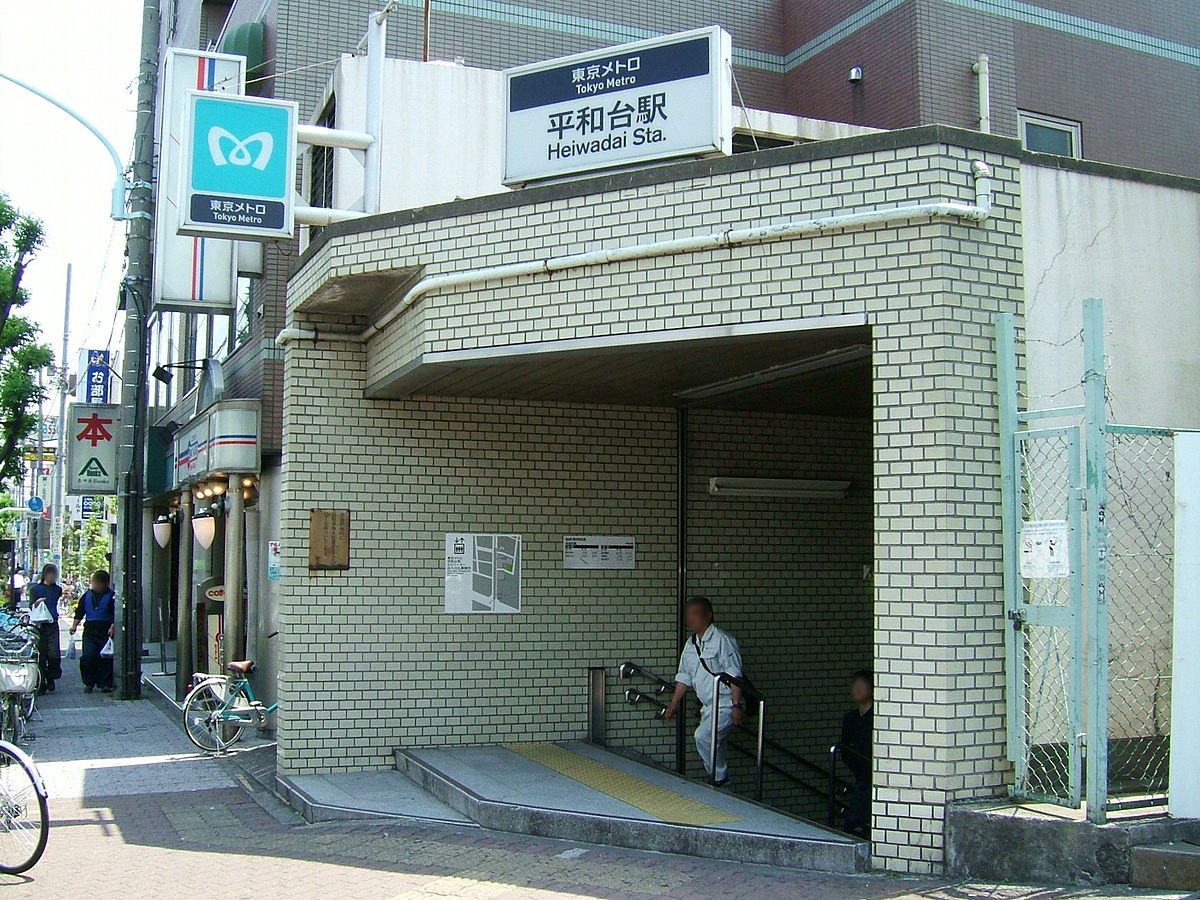
For an ultra cheap quick meal, Nagami soba bar at Heiwadai Station is a budget’s best friend. Offering quick and easy soba and udon noodles as well as Japanese curry dishes, the prices here are a threat to nobody but the economy itself.
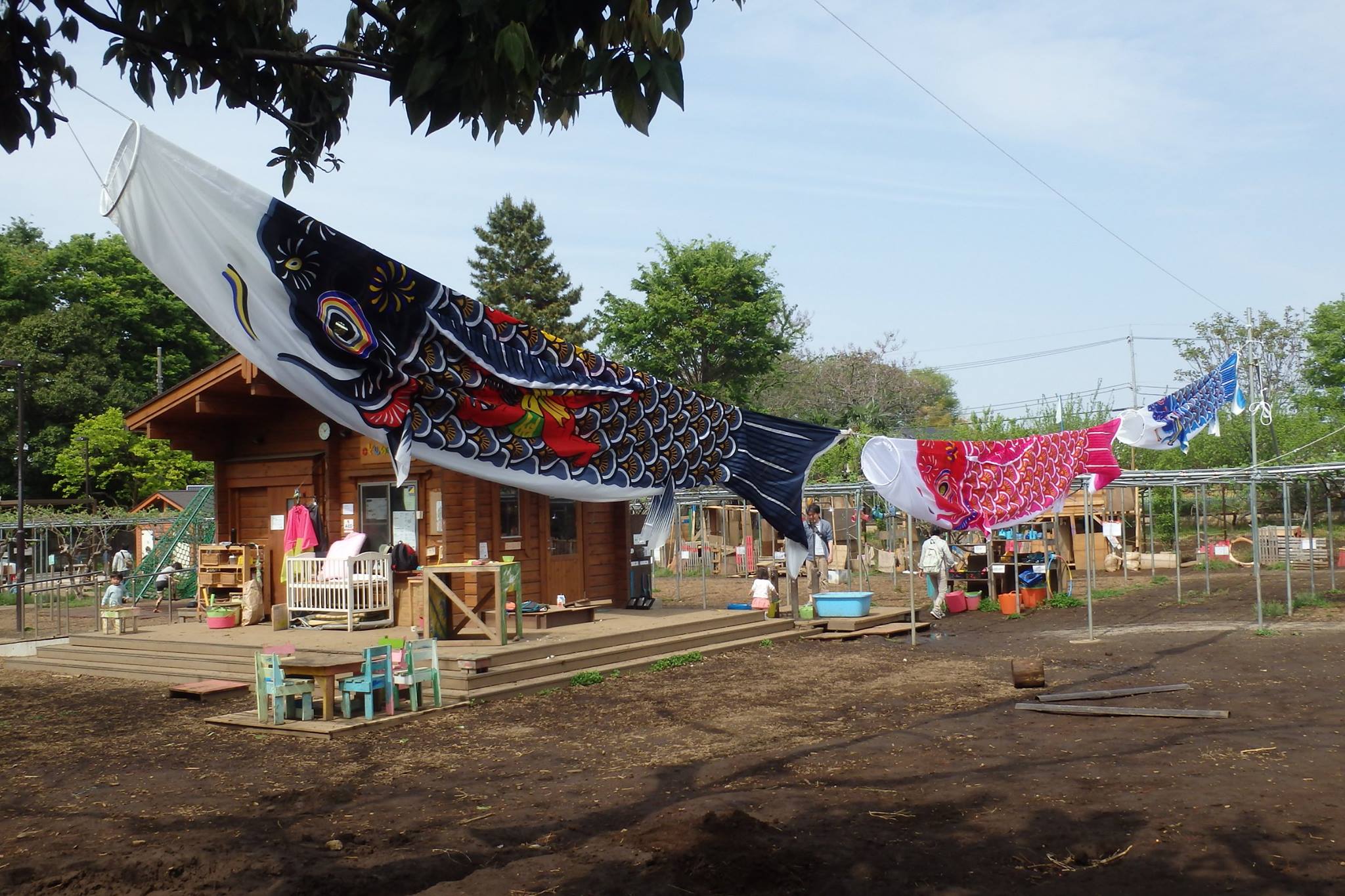
A short walk from Hikawadai Station lies the clearly family-oriented Nerima Children’s Forest. Spare clothes are a must as the park has a decidedly hands-in-the-dirt approach to fun with all manner of ‘natural interactions’ for children to dive into.
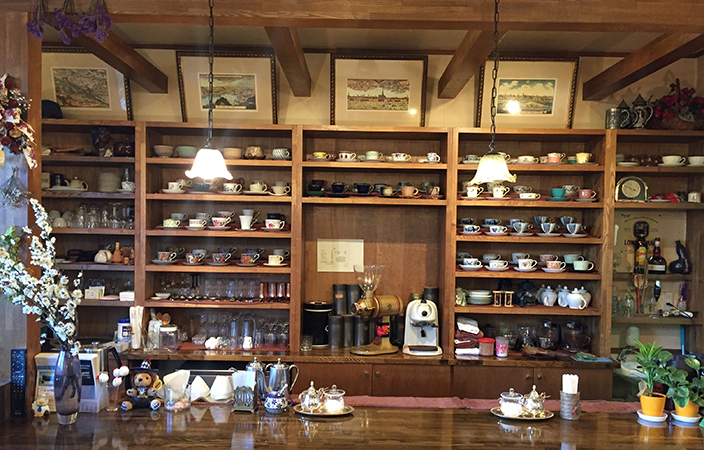
Right outside of Kotake-Mukaihara Station sits Acacia Music Cafe. Opened in 2006, the cafe takes special pride in its freshly made drip coffees. Along with flavor, the classical music playing in the background gives the cafe a decidedly elevated atmosphere.
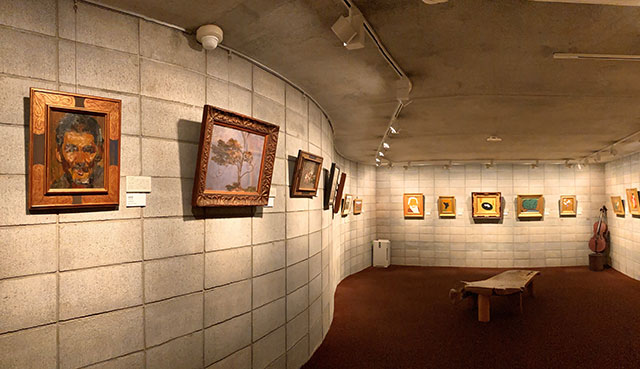
A short walk from Senkawa Station is the Kumagai Morikazu Art Museum. Housing the talent of the Western-style painter Kumagai Morikazu, the museum features the late artist’s oil and ink paintings as well as his many brushed calligraphic works.
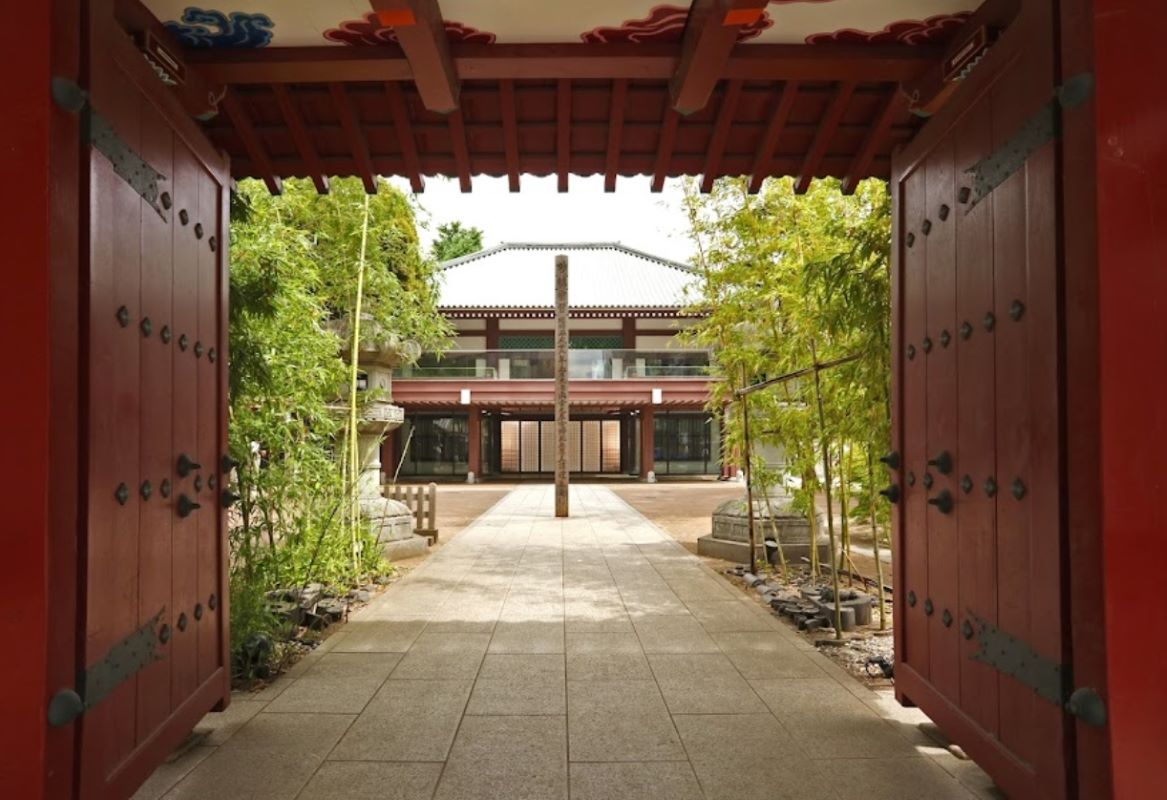
Buddhist monks serving coffee is the last thing one would expect to find out of Kanamecho Station. By the station, though, sits Bozu’n’Coffee, a cafe situated within the verdant greenery of Shoun-ji Temple. Refined modern service, reservations are a must.
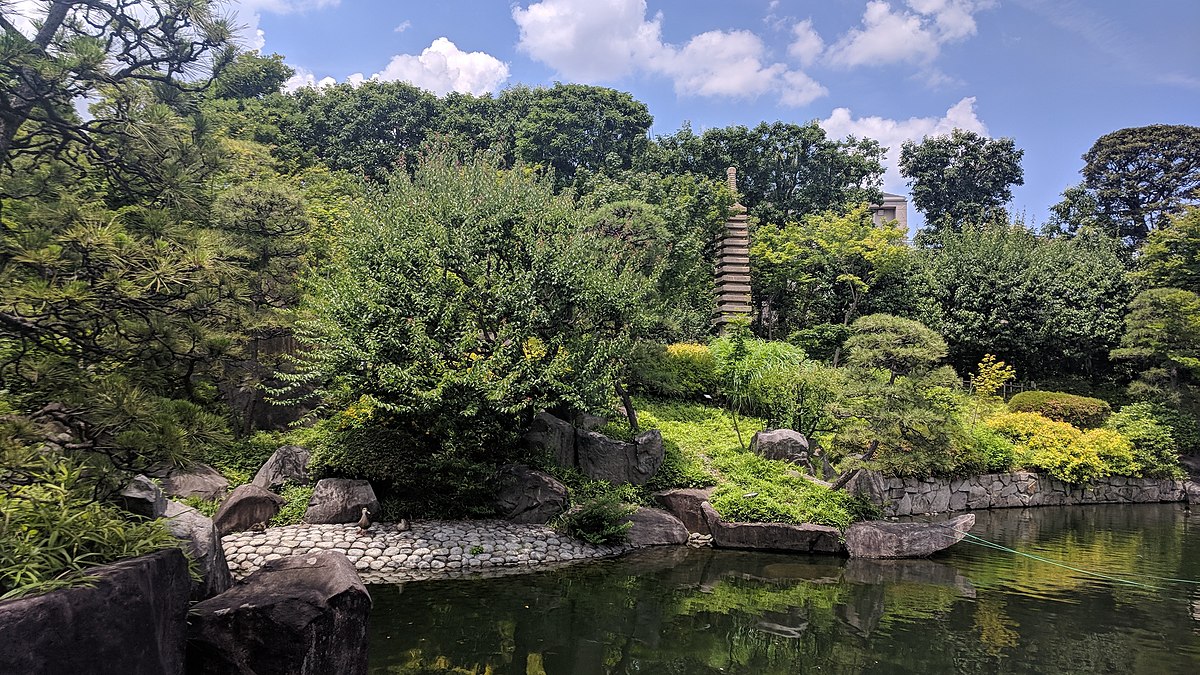
Busy it may be but rough and ready Ikebukuro Station offers quiet contemplation through Mejiro Garden. A traditionally-designed strolling garden, this classic escape from the city hustle and bustle features a tea house, pond and seasonal foliage.
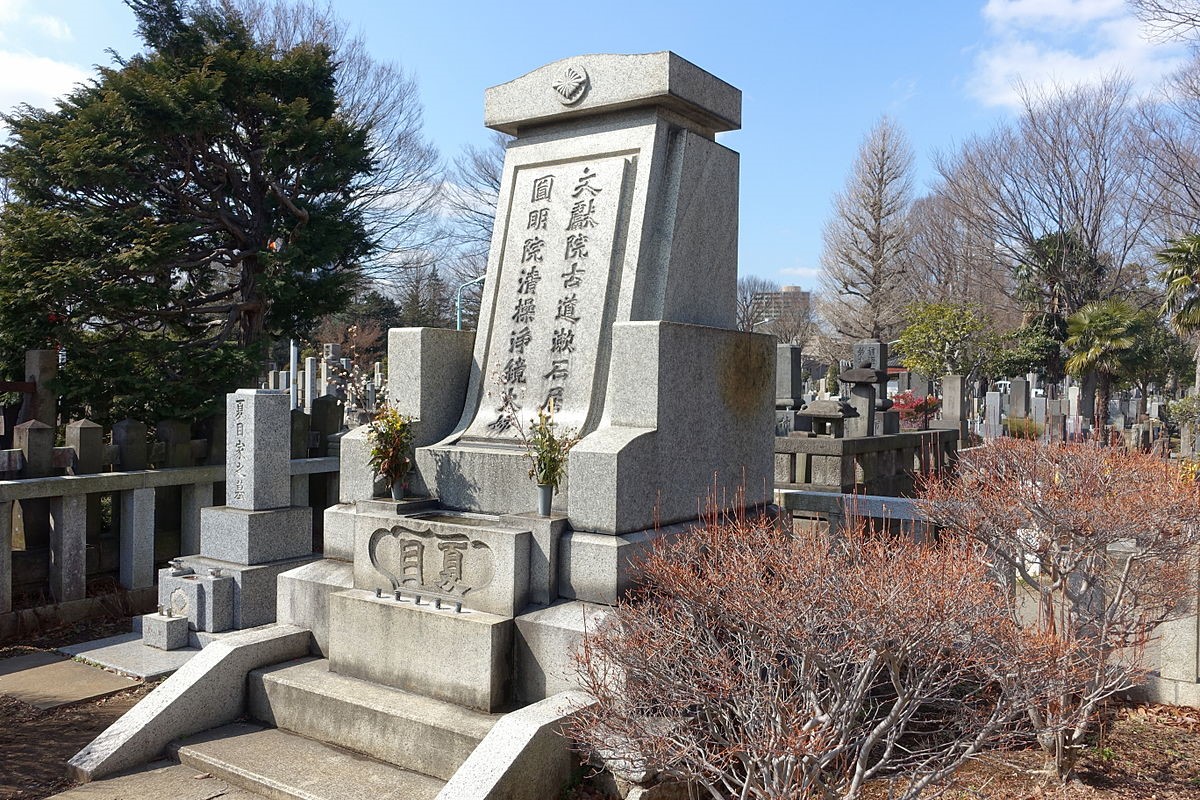
From Zoshigaya Station and the famous Zoshigaya Cemetery lies the Old Missionary Museum. This 19th-century American-style home belonged to the late missionary John McCaleb and is registered as a Tangible Cultural Asset of the city.

Nishi-Waseda Station leads to Genkoku-ji Temple, the location of the former residence of Meiji-period statesman, Iwakura Tomomi. An instrumental figure in Japan’s transformation into a modern nation, he featured on the short-lived 500 yen banknote.

History and legend sit close to Higashi-Shinjuku Station thanks to Benizara’s Tomb. This small site is a monument to Benizara, the young girl of Yamabiko no Sato fame who offered a famed samurai lord a yellow rose in lieu of wet weather gear during the rain.
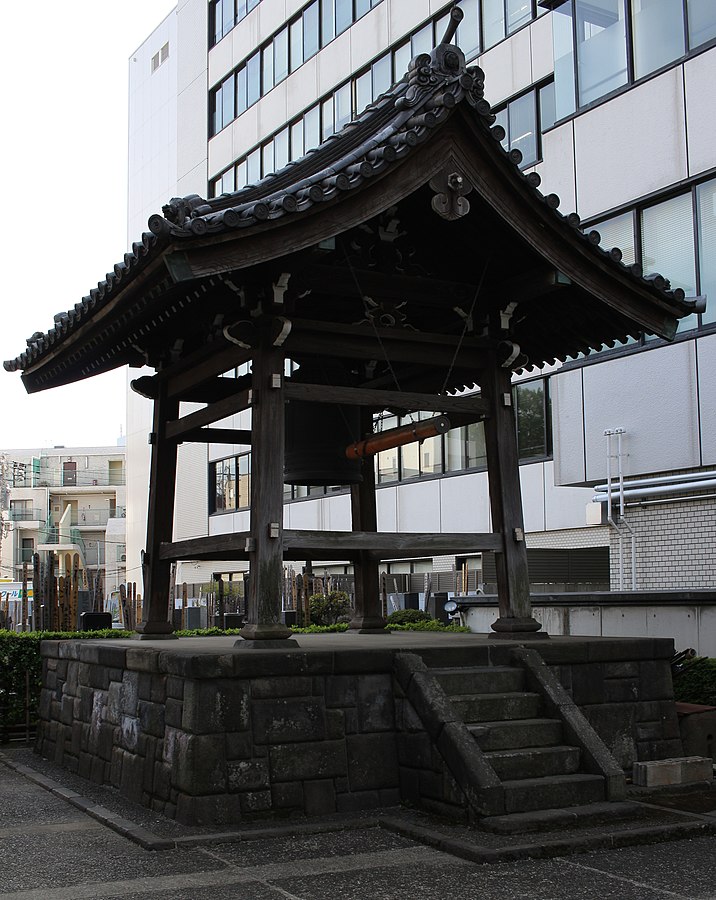
In Tenryu-ji Temple by Shinjuku-Sanchome Station stands the Toki no Kane. One of the Edo period’s three most famous bell towers, this infamous ‘Escape Bell’ was rung early to help remind patrons of the nearby pleasure quarters to get home quickly.
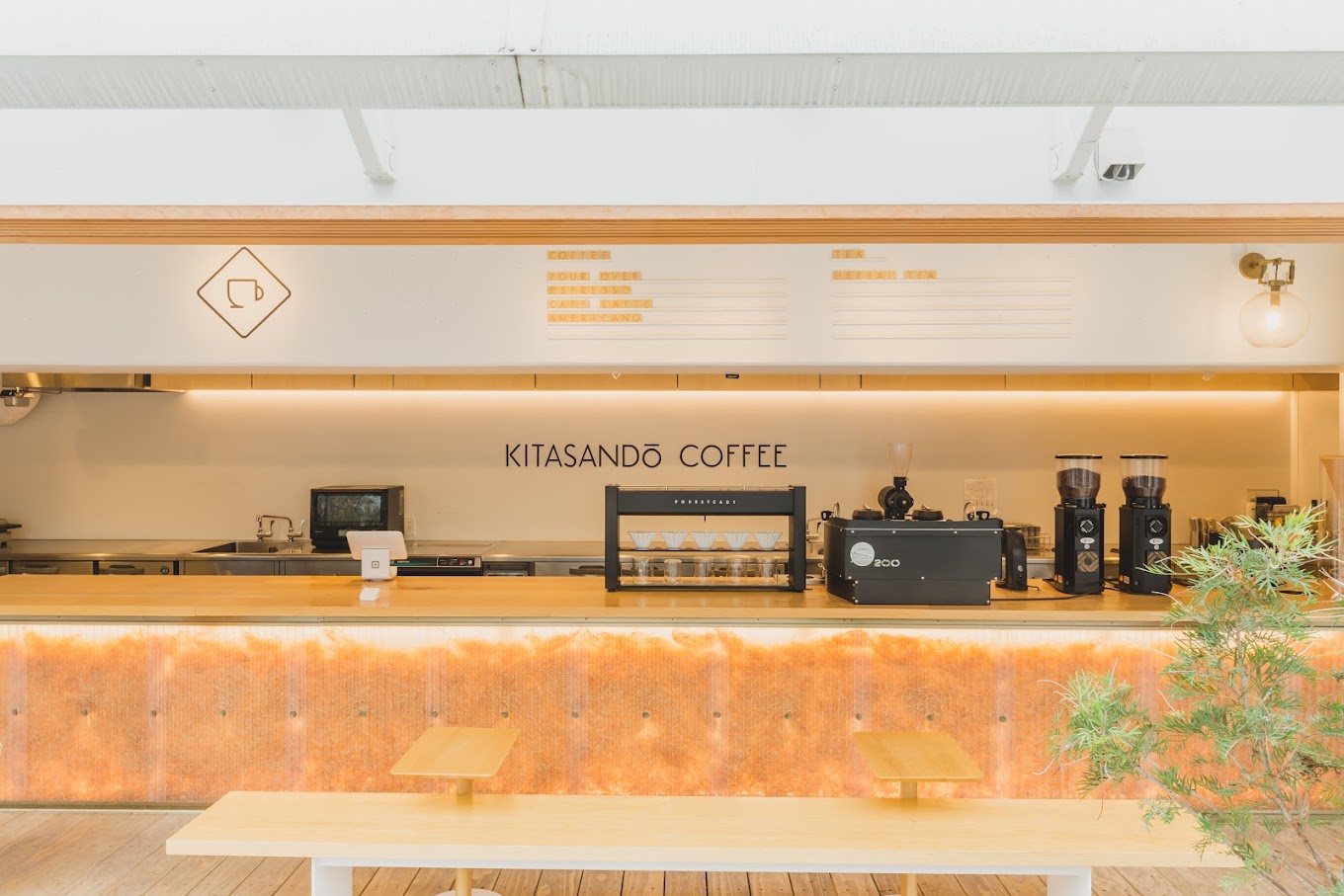
Operating within a rustic minimalist design, Kitasando Coffee serves up a contemporary caffeine fix close to Kita-Sando Station. Lattes, mochas, seasonal flavors as well as a collection of tailored coffee blends and bites to eat all feature on their menu.
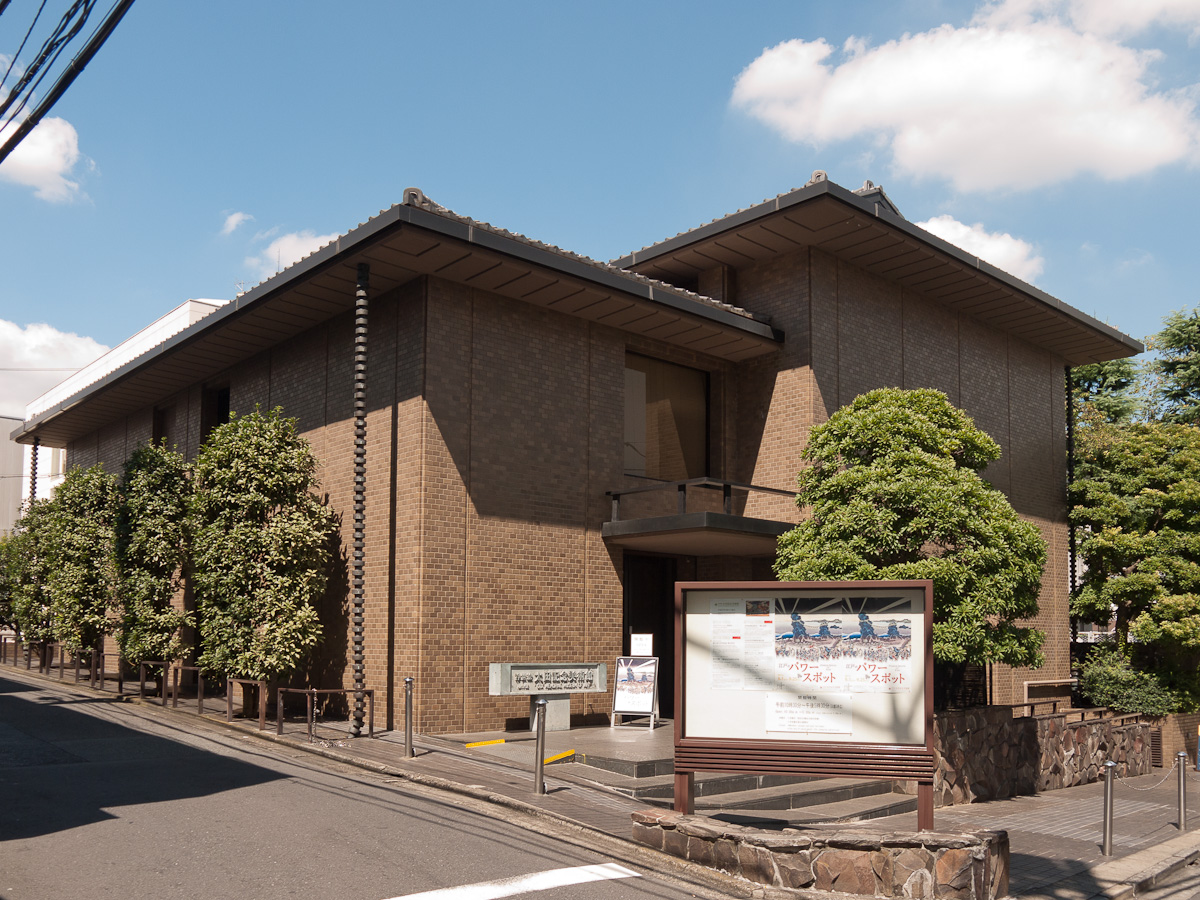
Right by Meiji-Jingumae Station lies the superbly maintained Ota Memorial Museum of Art. With its monthly exhibitions of 100 or so works from a collection of 15,000 ukiyoe woodblock prints, this small gallery is a bastion of traditional Japanese art.

If Tokyo’s youngest subway line surprises with history, then its final stop at the world-famous Shibuya Station does the same. Recent redevelopments may have cemented the area as a booming district of entertainment but beyond the cacophony of change stands Konno Hachimangu Shrine. Honoring a 15th-century emperor, the shrine’s home to the last remaining stone of Shibuya Castle as well as a Sacred Chinquapin Tree provides a satisfyingly serene end to a line born of Tokyo’s neverending need for change.
The Tokyo Metro Fukutoshin line can be explored using a Tokyo Subway 24-hour (¥800), 48-hour (¥1,200) or 72-hour (¥1,500) ticket.
Did you like our Tokyo Train Guide to the Fukutoshin Line? Read our other guides here:
